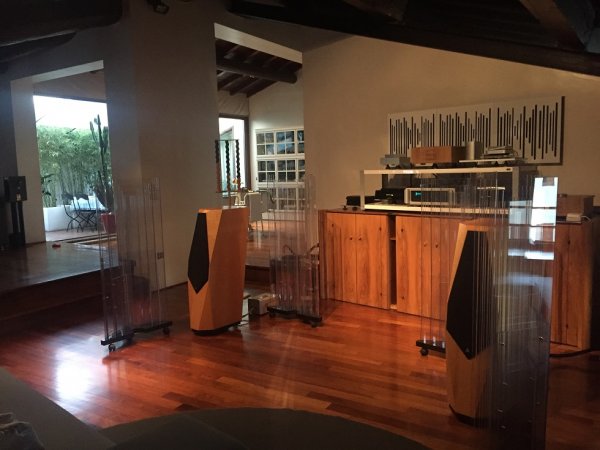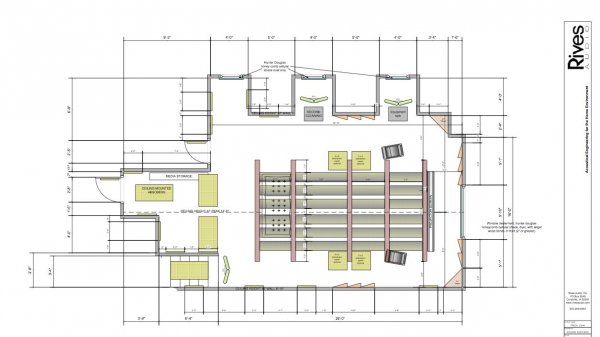Ron,
Good to see you on the right track of questions for your killer-to-be system! A lot of good advice in this thread!!!
As I mentioned in the "We are There" thread, there is no perfect formula for this due to differing preferences and approaches. You will have to experiment with diffusion, or maybe the magic curtain Steve has will meet your goals? Nevertheless, here are a few points:
1. SMT wings come in acrylic (transparent looking ones in the pictures in this thread) and wood. Word on the street is that wood works better, but I assume the acrylic ones can be moved around easier in a multi-purpose room. So if you ultimately don’t like them, you an easily sell on the used market. Likewise, I think your ASC bass traps may be moved as well. FLEXIBILITY is key to this process!
2. As Bonzo mentions above, SMT recommends a 48 -72 inch-wide “wall” of panels a few feet behind the listener (the rest of the space in the back is wide open). In my experience, that wall alone is better than any speaker or component upgrade you can have (assuming you already like the lesser-priced model from the same designer), let alone some dumb fukc spending big bucks on still point –type footers, cables, power cord upgrades, etc., that may cost more than the room treatments. We all get addicted and conditioned to buying gear, but the room is where the ultimate magic comes from
3. Finally, at the last Axpona there was buzz among acousticians that Magico was dumping their RPG stuff and trying SMT (after spending $300K-$500K on the RPG room!). So the person who would know about direct compares of SMT to is Alon Wolf.
Now again, tastes will vary. Jason Victor Serenius, the Stereophile show reporter, paid a visit to the Magico factory and called the sound too analytical for his taste.
https://www.stereophile.com/content/visit-magico-factory
Yet “Sterile” Jon Valin paid multiple visits to the Magico factory listening room to review several speakers like the Magico Ultimate, he called that speaker Best in the world and most-lifelike. There is a reason “Sterile” Jon has earned a nickname of “Sterile”, so that room may have sounded PERFECT for his analytical tastes, whereas guys like Serinius find it dry.
Yet there is also a history of TAS guys not being fully forthright in their reviews – calling the product under review as Perfect as God, and only identifying weaknesses of a product like Berkeley Ref v1 only when reviewing v2, and identifying weaknesses of Magico Q series when M Professional model comes out. So, because of mis-aligned incentives of getting that next, new Magico speaker for a long-term free loan, unfortunately, one cannot know if comments from Valin can be trusted to make a decision for one self.
So although Serenus wasn’t hot about the room, while Valin was crazy about it, what ultimately matters is the fact that Wolf is not happy with the room. So the ideal thing to do is to ask Wolf. Not sure if he will be a good “citizen of our culture” and help out but it may be worth asking him.
Wish you all the best!








